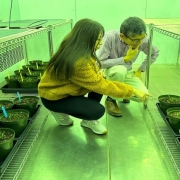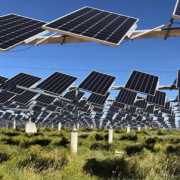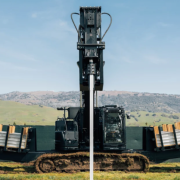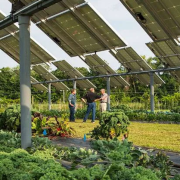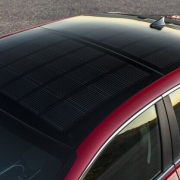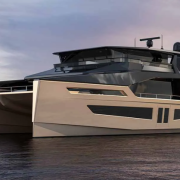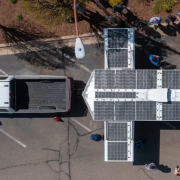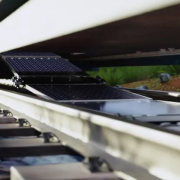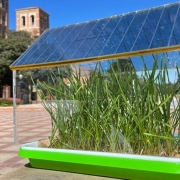Imagine growing greens in your back yard under a solar panel, and then juicing them in a blender powered by the same energy. A new University of Alberta project is working to make that a reality.
By growing spinach under different solar panels, two U of A researchers are measuring how the process affects both plant growth and the electrical output of the panels.
Known as agrivoltaics, the fairly new sustainable practice integrates solar panels with crops, making simultaneous use of land for both food and energy production.
Click here to read the full article
Source: University of Alberta
—
If you have any questions or thoughts about the topic, feel free to contact us here or leave a comment below

